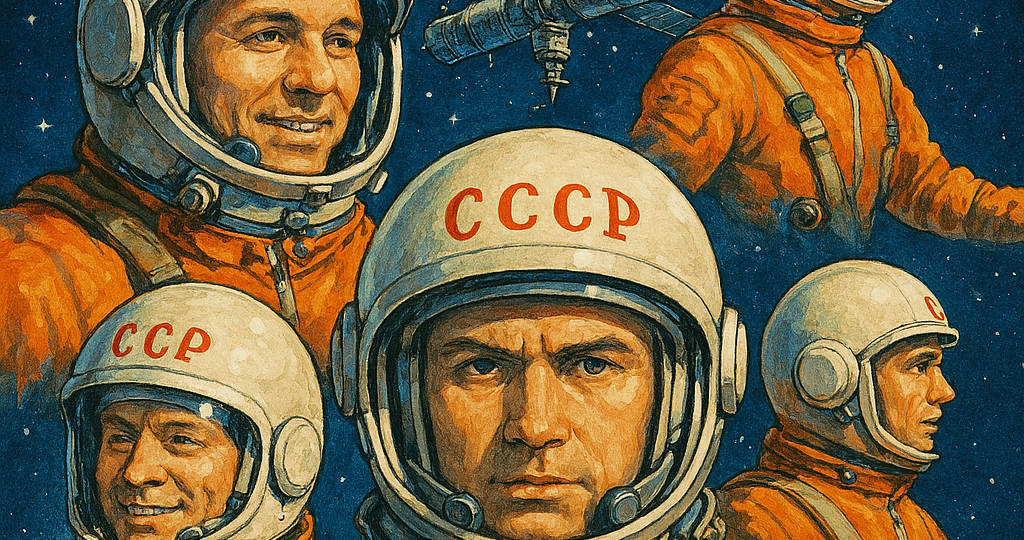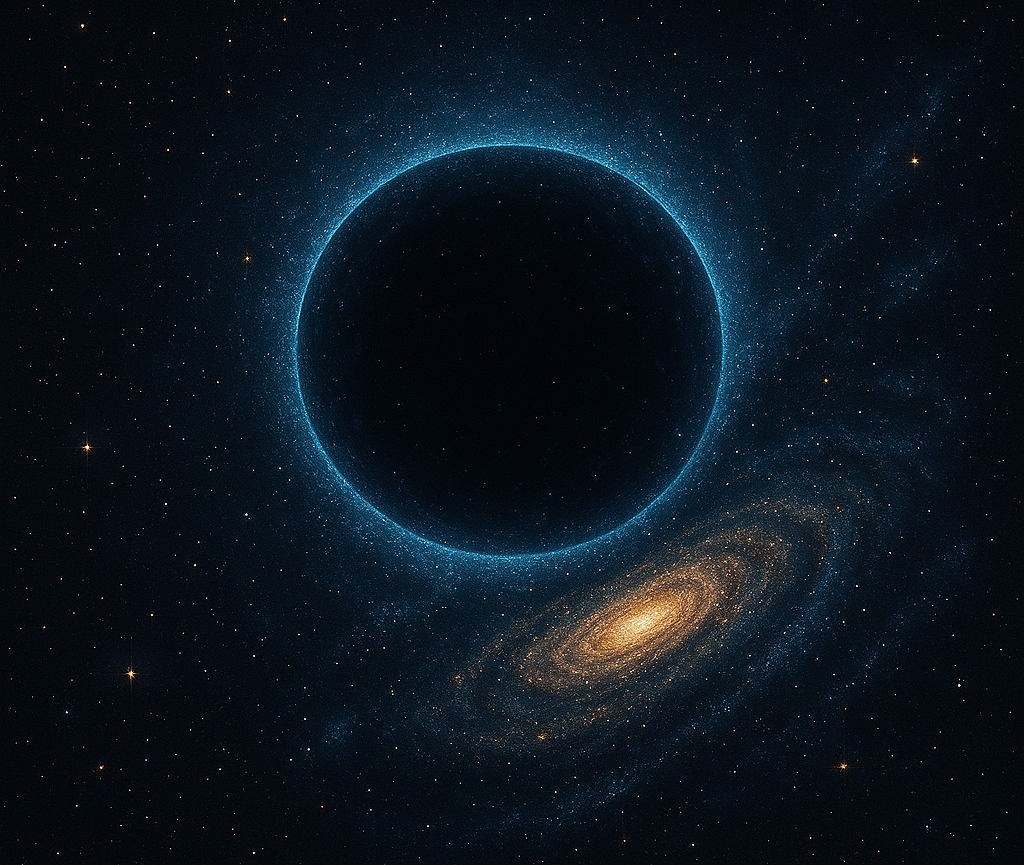
Welcome back. Today’s the second day of the space race series. Things are starting to heat up.
Following the success of Explorer 1, the U.S. founded NASA on July 29, 1958 to centralize all their space efforts and organize them. Their first mission, Mercury, took a while to actually happen. It was the Luna missions that were the first missions to be done by NASA, and they were a huge success. While the USSR had beaten them to putting the first artificial satellite in space, NASA managed to be the first to have a spacecraft fly past the moon, essentially past Earth’s gravity. The U.S. had taken the lead; what was the USSR going to do?
It turns out, it was America’s turn to rub more salt in the wound, and they launched 2 missions straight after in the same year, each breaking barrier after barrier. Luna 2 became the first man made object to hit the moon; Luna 3 took the first photos of the far side of the moon. The U.S. were advancing faster than anything before. How was USSR going to recover?
Well, they had plans. Mind boggling plans. On April 12, 1961, a spectacular moment took place. Yuri Gagarin, a cosmonaut (Soviet term for astronaut), became the first human to orbit earth, lasting 108 minutes on Vostok 1. America was shocked; the whole world was stunned. The Soviets had just managed to put a human in space. But as usual, when one blow comes, another one follows. Vostok 2 saw cosmonaut Gherman Titov to be the first to spend over a day in space.
What was coming next? What is NASA’s response? Stay tuned.
RELATED POSTS
View all


